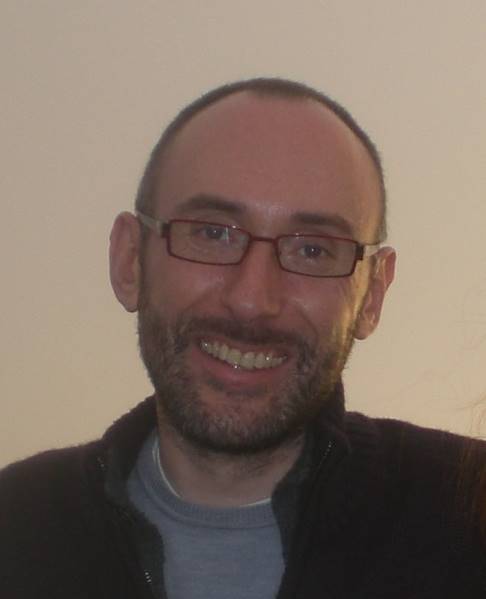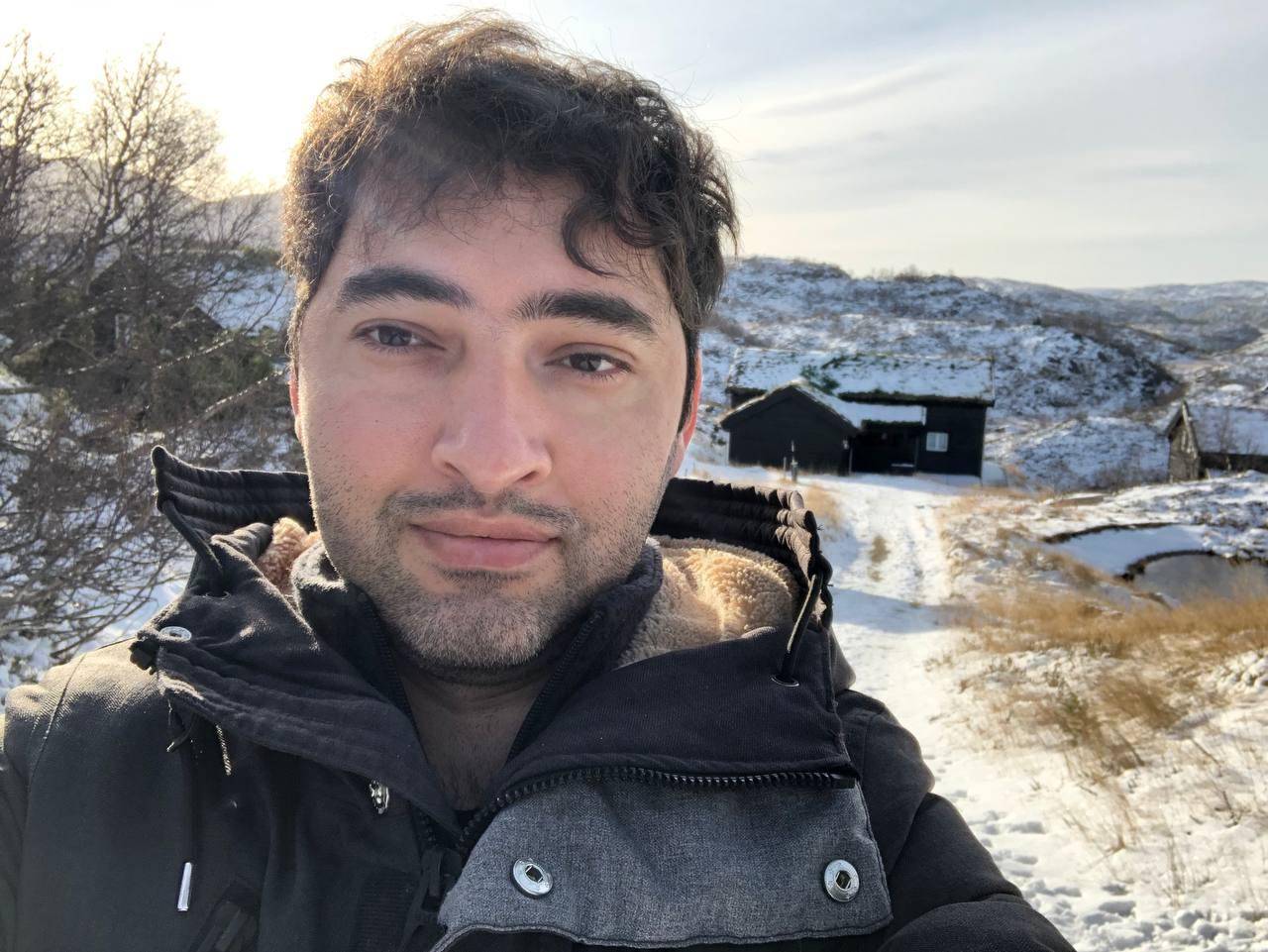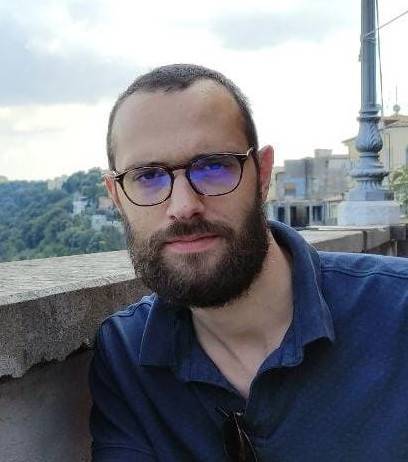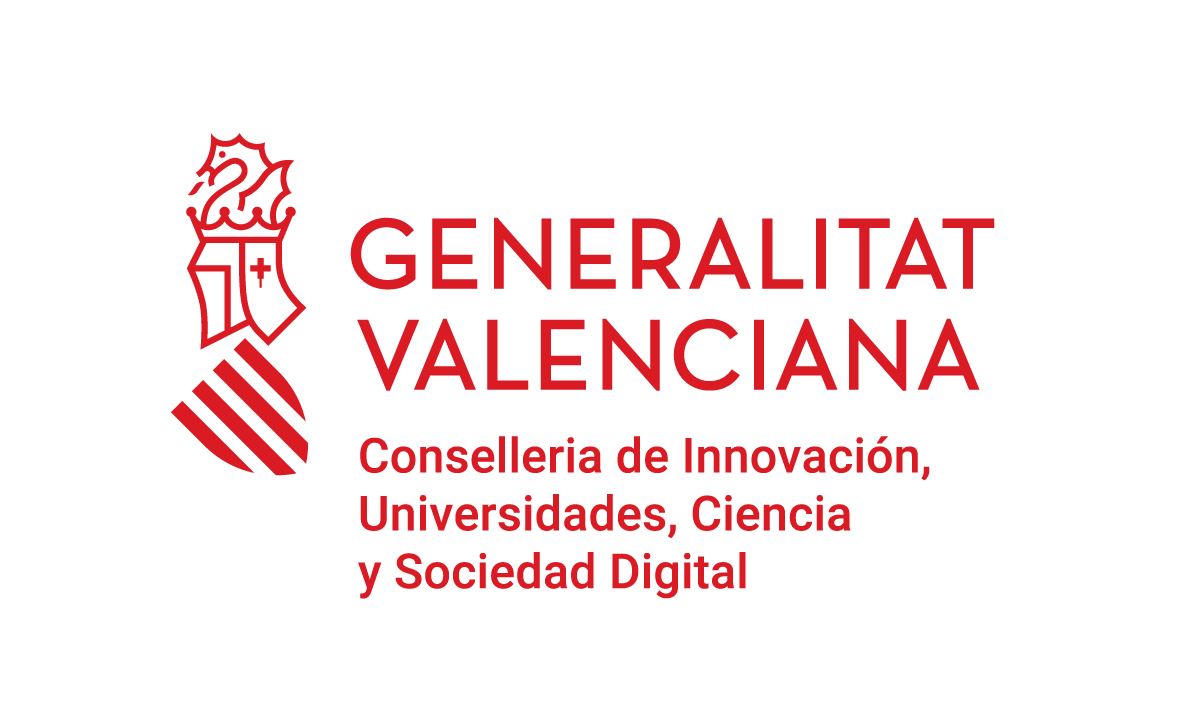In the year 2020 the UV-QG group started a collaboration with members of the University of Cape Town (UCT) at the Department of Mathematics and Applied Mathematics, and the UCT Astrophysics, Cosmology and Gravity Centre (ACGC). This collaboration was possible thanks to the economic support of the internationalization program i-COOP of CSIC through the grant COOPB20462.
As part of the activities of this project, in December 2020 members of UCT participated in our 4th Valencia Winter Workshop, and in May 2021 we organized for them the 1st i-School and Conference on Metric-Affine Gravity, both of which were held completely online due to mobility restrictions caused by the COVID-19 epidemics.
Now that vaccines are allowing some relaxation on international mobility, two members of the UCT team, namely, Dr. Álvaro de la Cruz Dombriz and Dr. Jahed Abedi, will visit us in Valencia during the week of November 15-19, 2021. For this occasion, we are organizing a Workshop on Black Holes, Cosmology, and Metric-Affine Gravity, which will take place in a hybrid format on November 18-19. Some talks will be delivered at the Seminar Room of the Department of Theoretical Physics of the University of Valencia in Burjassot and others will be delivered remotely. As usual, everything will be broadcasted live from our Big Blue Button meeting room and also via our YouTube channel.
Besides our colleagues from UCT, this week we will also have Dr. Fabio Moretti (Sapienza, Università di Roma), who will also join us for this event. Dr. Moretti collaborates with Simon Boudet (visiting us from September to December, 2021), Flavio Bombacigno, and Gonzalo J. Olmo on topics related with metric-affine gravity and gravitational waves.
If you want to know more about our special guests of this event, here you have a short bio of them:
Dr. Álvaro de la Cruz Dombriz: 
Since August 2015, Álvaro (Aranjuez, 1980) has been a Faculty Lecturer in the Department of Mathematics and Applied Mathematics at the University of Cape Town (UCT) and a member of the UCT Astrophysics, Cosmology and Gravity Centre (ACGC) at UCT. Previously, awarded a PhD at the Complutense University of Madrid (2010, Summa cum Laude) on theoretical and observational constraints in extended theories of gravity. Subsequently held a postdoctoral fellow post at the UCT Cosmology and Gravity group and obtained a Marie Curie postdoctoral contract at the ICE-IEEC Barcelona.
Álvaro’s publications include more than 50 peer-reviewed articles with seminal contributions in the areas of cosmological large-scale structures, foundations of theories beyond Einsteinian gravity, particularly on Scalar-Tensor gravity theories, and indirect methods of dark matter detections.
To date, Álvaro has been member of the scientific teams for seventeen research funded projects. Since 2016 he has been a member of two running EU-COST actions and along the course of his career he has been the Principal Investigator (PI) for six funded research projects in both Europe and South Africa.
In 2017 he was appointed as an Associate in the SKA Cosmology and Gravitational Waves collaboration and was honoured with the Young Researcher Award, (UCT College of Fellows, 2017) and the Claude Leon Foundation Merit Award for Early-career Researchers (2018).
Dr. Jahed Abedi: 
Jahed Abedi, a postdoctoral researcher from UCT and University of Stavanger, is a black hole physicist, working on gravitational physics in both observational side such as searching for GW echoes and QNMs in LIGO/Virgo data and theoretical side such as BH perturbations, QNMs, and QFT in curved space-time.
 Dr. Fabio Moretti:
Dr. Fabio Moretti:
Fabio Moretti obtained his PhD in 2021 at the University of Rome "La Sapienza", with a thesis on gravitational waves in modified theory of gravity. His principal interests cover propagation and interaction of gravitational waves with astrophysical media in extensions of general relativity, with special emphasis on additional polarizations and settling of dispersive/dissipative phenomena. He is also involved in compact objects physics, where he mainly deals with the role of additional scalar degrees of freedom in stellar structure and evolution.
The workshop programme appears below. Click on each item for more information.
If you are an online speaker or simply want to participate in the discussions, please join us via BigBlueButton (no need to install anything, just click).
Direct links to the talks:


ORGANIZING COMMITTEE:
- Flavio Bombacigno.
- Florencia A. Teppa Pannia.
- Andreu Masó.
- Gonzalo J. Olmo.
- Silvia Pla García.


Photo of this post by Andreas Selter on Unsplash